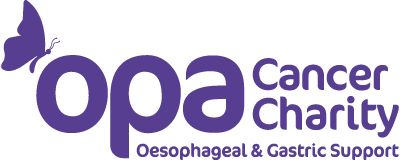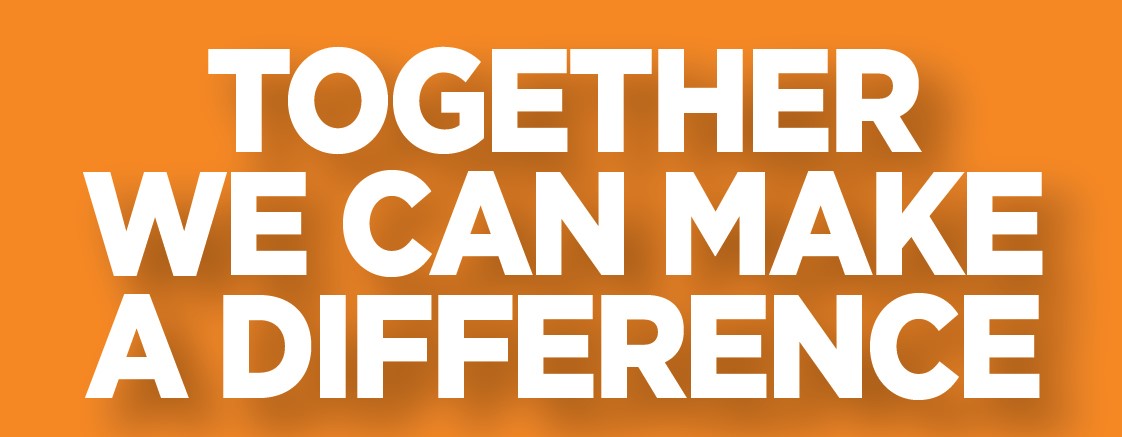Relaxation
Why is relaxation important?
- It prevents build-up of muscle tension which can cause headaches, pain in the body, tightness in the chest and tiredness
- It helps combat breathlessness
- It helps you to feel calmer and more in control so that you can tackle situations where you might normally feel anxious or worried or irritable
- It helps you sleep better
Learning to relax takes time and practice but you can use the techniques to relax your mind and body in any situation. It does not mean you have to lie down in a quiet room for 30 minutes – you can do it anywhere at any time.
Here’s how:
- Sit in a comfortable chair and make sure you are in a comfy position, with your feet on floor
- Place your hands gently on your stomach
- Carry on breathing as normal – your breathing may be jerky or smooth, shallow or deep, it doesn’t matter
- As you continue to breathe look out for any movement beneath your hands. You might notice your stomach expanding slightly as you breathe in and dropping again as you breathe out. It might take a while before you notice any movement in your stomach.
- As you continue to breathe imagine the breath drawing down into your stomach and then leaving your stomach as you breathe out
- With each out breath from your stomach look out for any change in the tension of your body. You might notice any arms and legs feeling more relaxed, or any tightness in your chest easing, or a feeling of calm in your body. It might take a while before you start to notice any changes towards relaxation in your body.
Practice this several times a day and as time goes on have a go at using the techniques in other situations – for example, when you are standing in a queue, stuck in traffic in the car, starting to feel breathless, while out for a walk.
© The Oesophageal Patients Association


